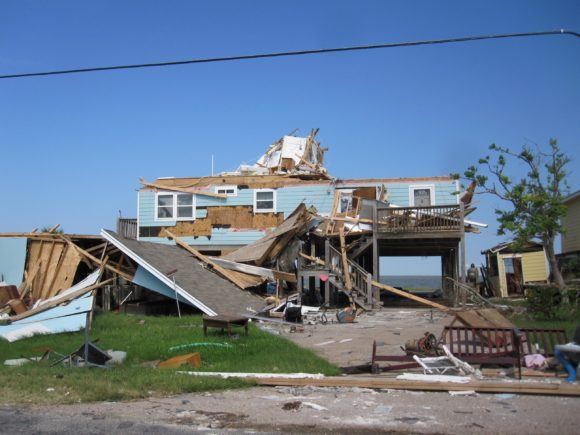Texas’ property insurer of last resort for wind and hail along the Texas coast voted at a May 24, 2019, meeting of its board of directors to withdraw a 10% rate increase filed last year that was subsequently put on hold by the state’s governor.
The board had approved the rate increase in early August 2018, nearly a year after Hurricane Harvey devastated the state in 2017. The increase, if it had been allowed to go forward, would have been effective beginning on Jan. 1 of this year.
Commissioner Kent Sullivan had until Oct. 15, 2018, to approve or disapprove the filing or simply allow it to go into effect. Coastal lawmakers balked at the rate increase, however, sending a letter to Commissioner Sullivan asking that TWIA’ filing not be approved. In the letter, members of Texas’ coastal legislative delegation said the 10 percent rate increase would be “unfair, excessive and unreasonable” for coastal residents who continue to struggle to recover from Hurricane Harvey.
Governor Greg Abbott subsequently weighed in, sending a letter to Sullivan, dated Oct. 12, 2018, putting the rate filing on hold until June 16, 2019. In his letter to Sullivan, Abbott also said a rate increase at that time would be unfair to Texas coastal residents who were still recovering from Harvey. Abbott said he wanted state lawmakers to have an opportunity “to address any actuarial deficiency in TWIA” in the legislative session that began in January.
TWIA noted at the time of the filing that the average premium on a TWIA residential policy was around $1,600; a 10 percent rate hike would have raised the premium for the average residential policy by $160.
The rate increase would have applied to both residential and commercial policies.
Rate Filing Withdrawal
At the May 24 board meeting TWIA General Manager John Polak explained that although it was the organization’s understanding that the August 2018 filing had been deemed approved, that is, it had not been disapproved by the Oct. 15, 2018, approval/disapproval date, there are problems with the filing as a result of the suspension that need to be resolved before it could become effective.
The main issue, Polak said, is the question of – what would be the effective date of the filing?
“It would be problematic to try to use the original effective date for a number of reasons. One, we would be retroactively charging policyholders a rate increase. We’re not sure from a legal perspective, given our contract, that we’re able to do that,” he said.
He added the board has a couple of alternatives for dealing with the dilemma of the effective date. “One, we need to withdraw the filing completely and come back in August for our annual filing. Or … amend that filing in various ways, in other words amend the amount and amend the effective date. The first option is a little cleaner and provides more certainty,” Polak said.
The board voted to withdraw the filing and revisit the issue of a rate increase at its August 6, 2019, meeting in Galveston.
At the May 24 meeting, TWIA’s board also approved a plan to refinance outstanding balance of the $500 M in Class 1 public securities issued in 2014.
On its website, TWIA said it “used the proceeds of the issued Class 1 bonds to pay policyholders’ Hurricane Harvey claims. The outstanding balance may be refinanced early without penalty beginning July 1, 2019.”
The association will work with the Texas Public Finance Authority and the Texas Department of Insurance on the refinancing effort.
Related:
- TWIA Requests 10% Rate Increase; Approves $106.8M Assessment for Harvey Losses
- Texas Coastal Lawmakers Urge Denial of Windstorm Insurer’s 10% Rate Increase Request
- Texas Governor Extends Time for Ruling on Windstorm Rate Increase Filing
- Lawmakers Need to Decide Nature of Texas Windstorm Insurer, Sunset Commission Says
Topics Catastrophe Natural Disasters Trends Texas Carriers Legislation Windstorm Pricing Trends
Was this article valuable?
Here are more articles you may enjoy.



 Disney Worker Injured Trying to Stop Runaway Boulder at Indiana Jones Show
Disney Worker Injured Trying to Stop Runaway Boulder at Indiana Jones Show  Abundant Reinsurance Capacity Accelerates Market Softening During 1/1 Renewals
Abundant Reinsurance Capacity Accelerates Market Softening During 1/1 Renewals  Longtime Motel 6 Spokesman Tom Bodett Settles Lawsuit Against Chain
Longtime Motel 6 Spokesman Tom Bodett Settles Lawsuit Against Chain  2025 Was One of Three Hottest Years on Record: Researchers
2025 Was One of Three Hottest Years on Record: Researchers 

